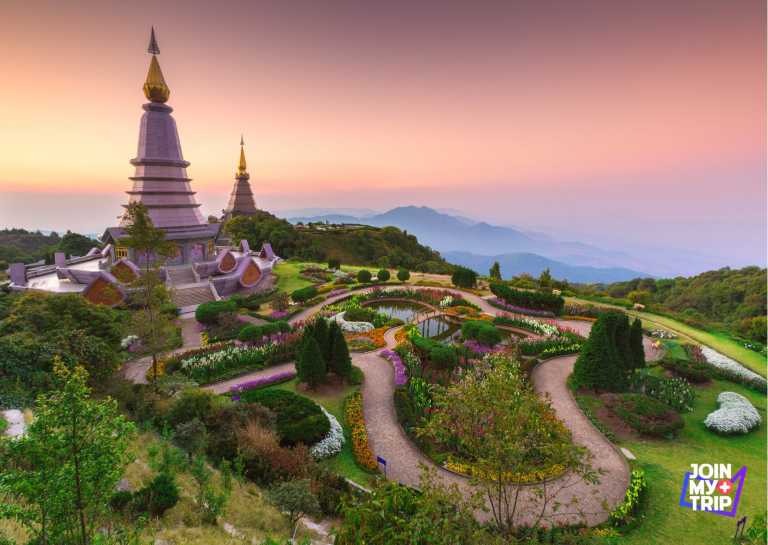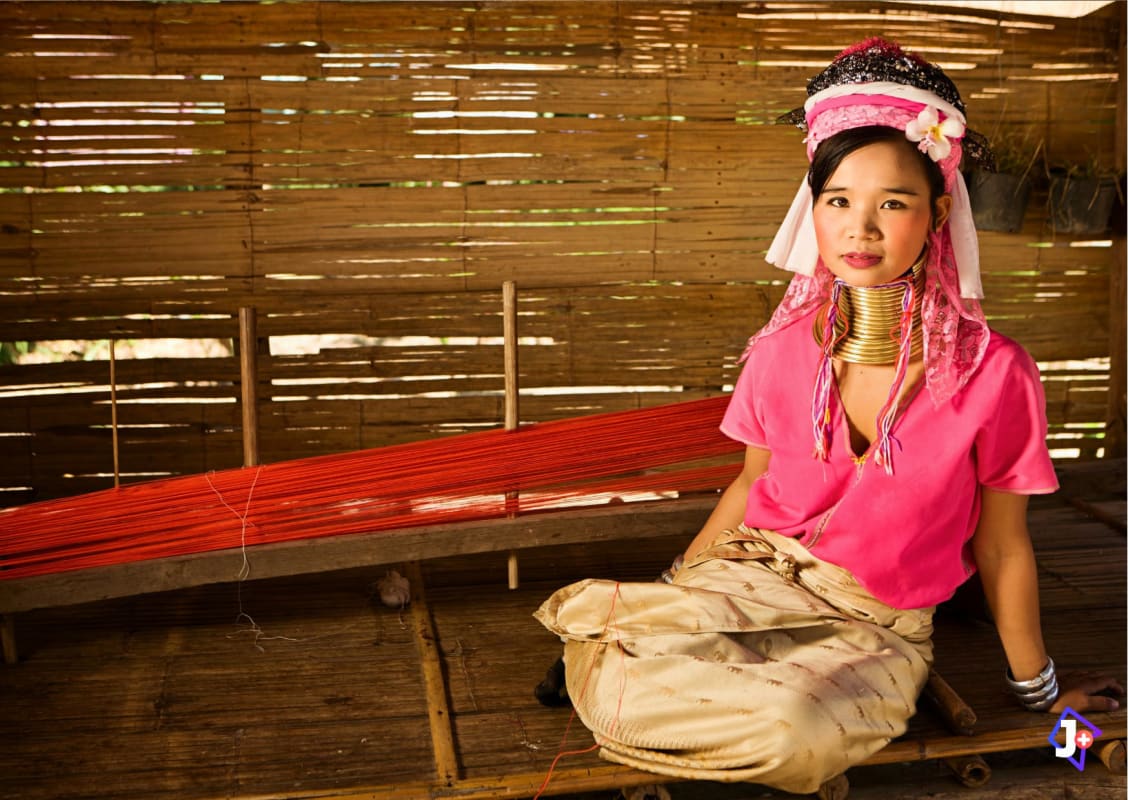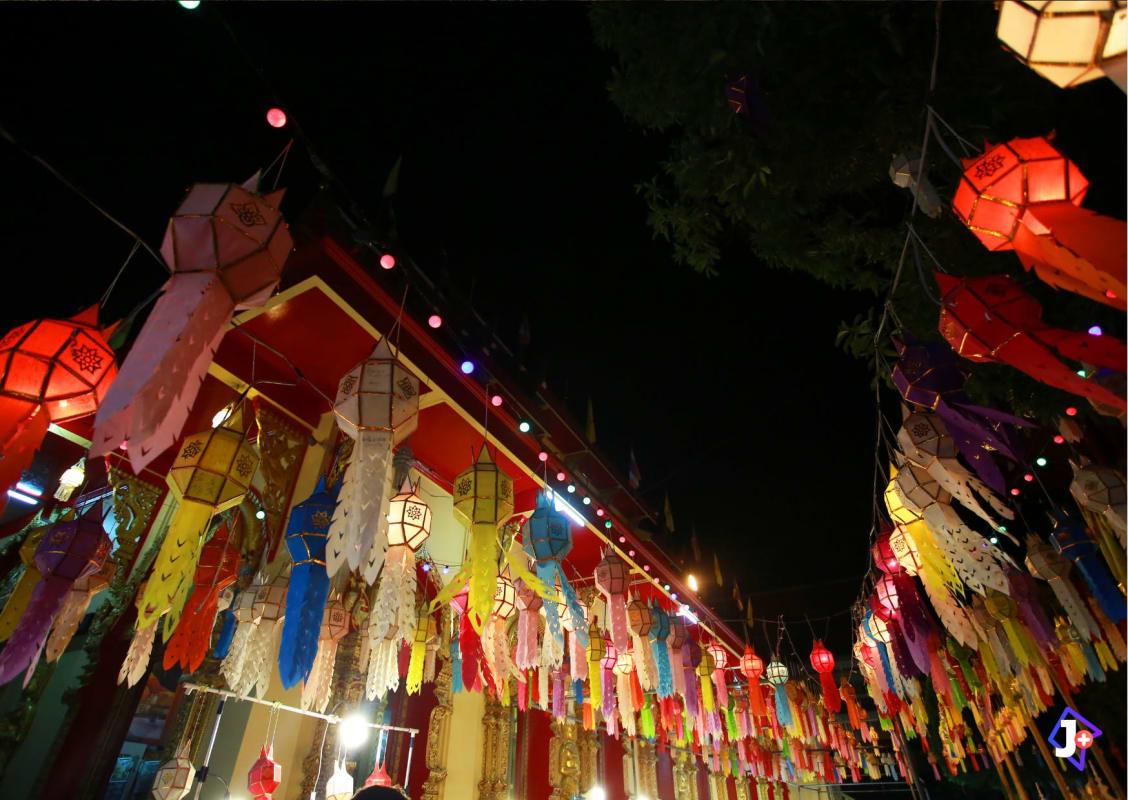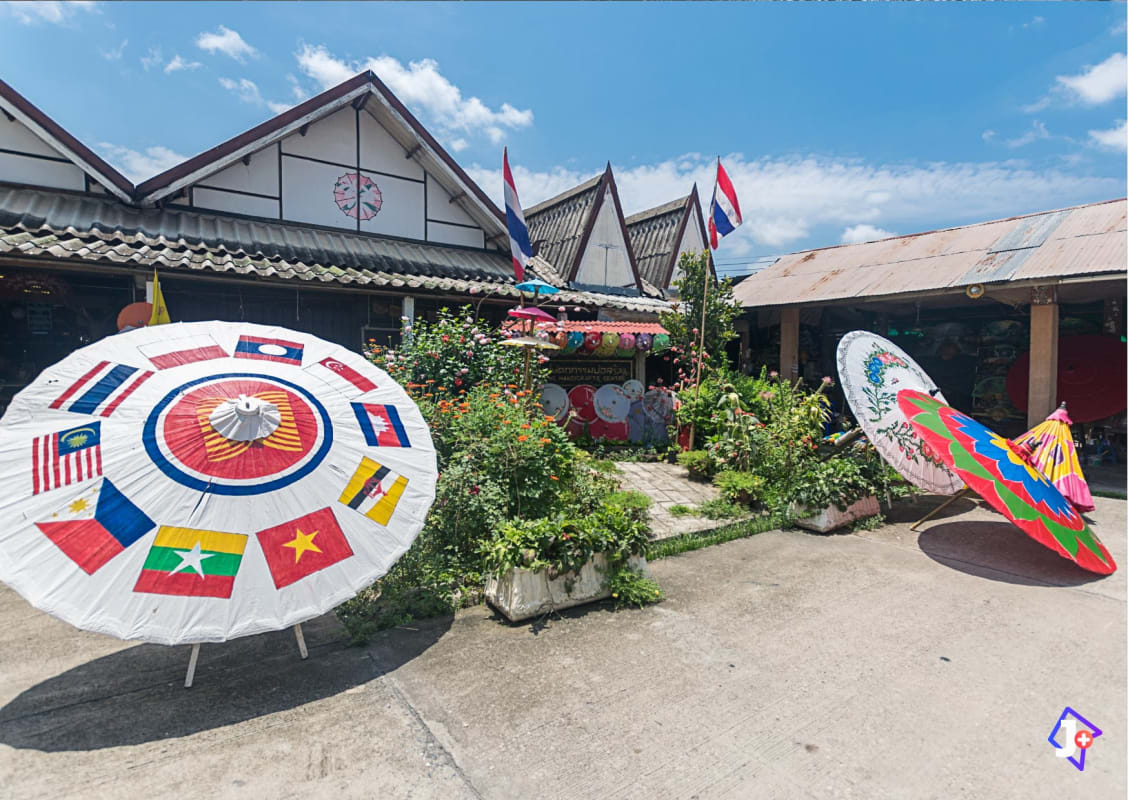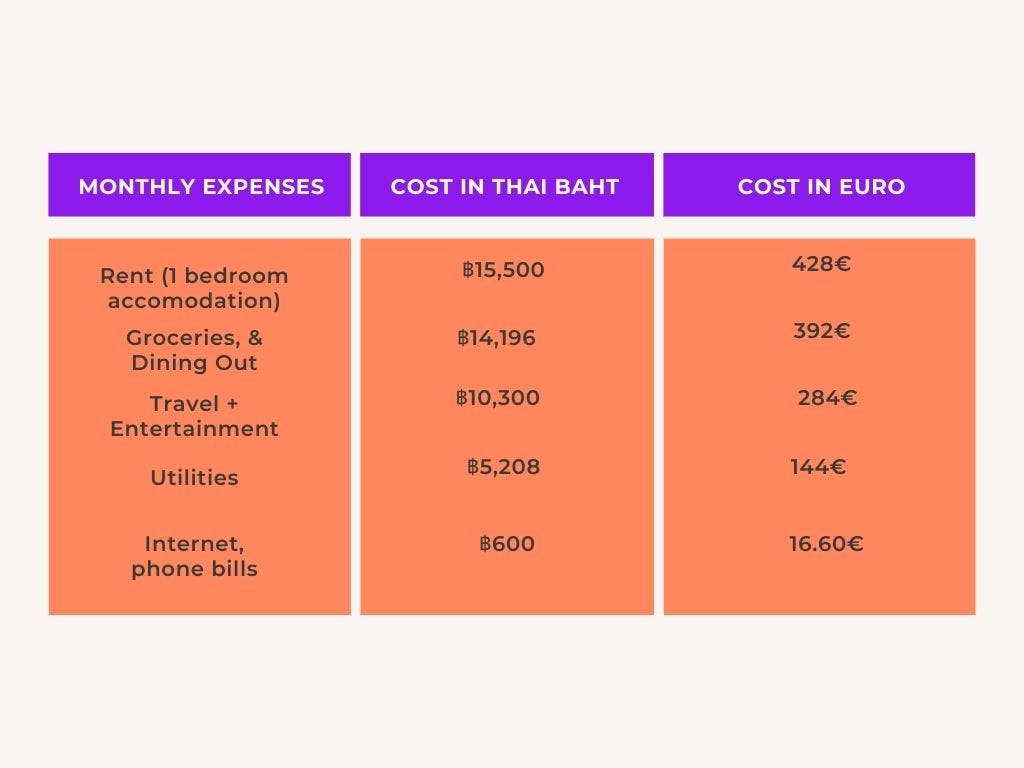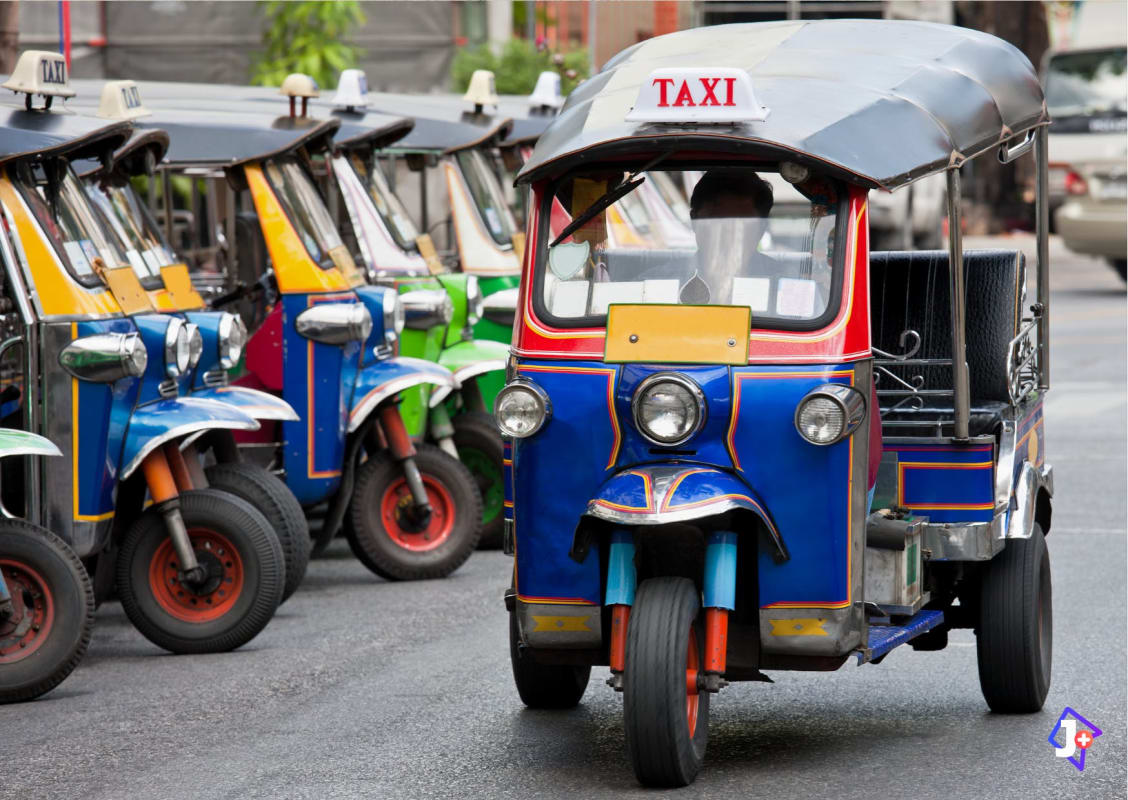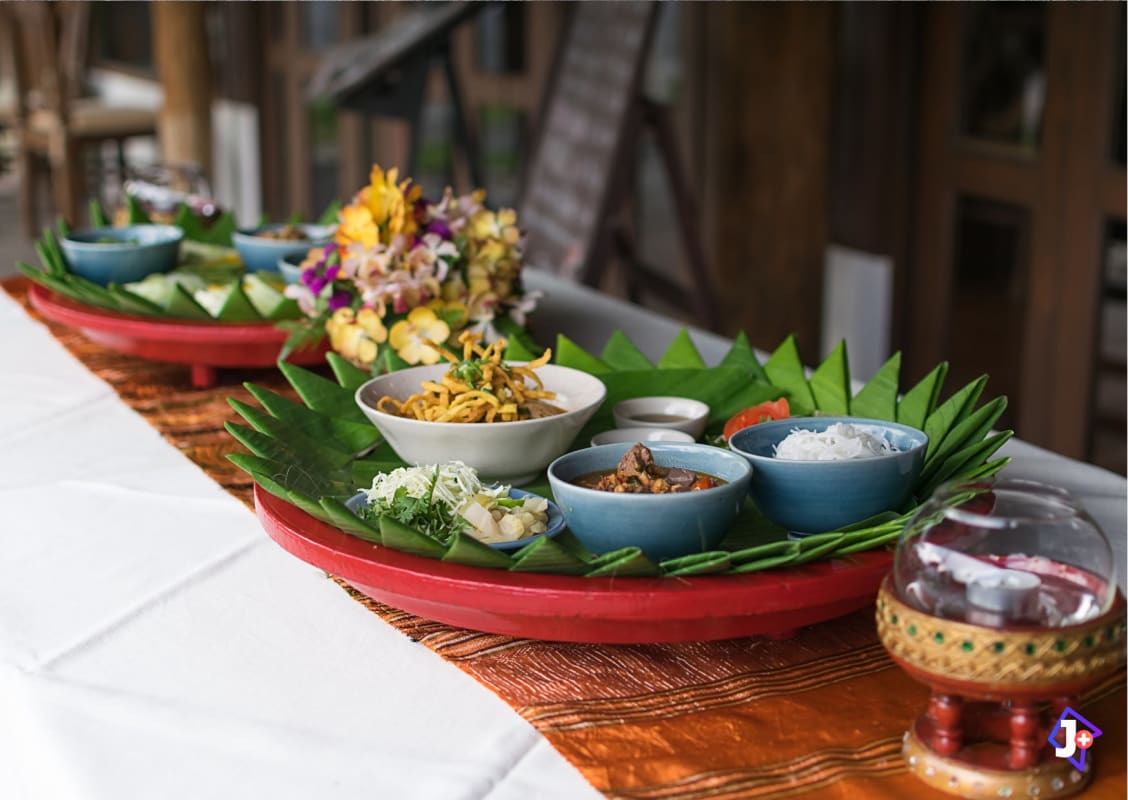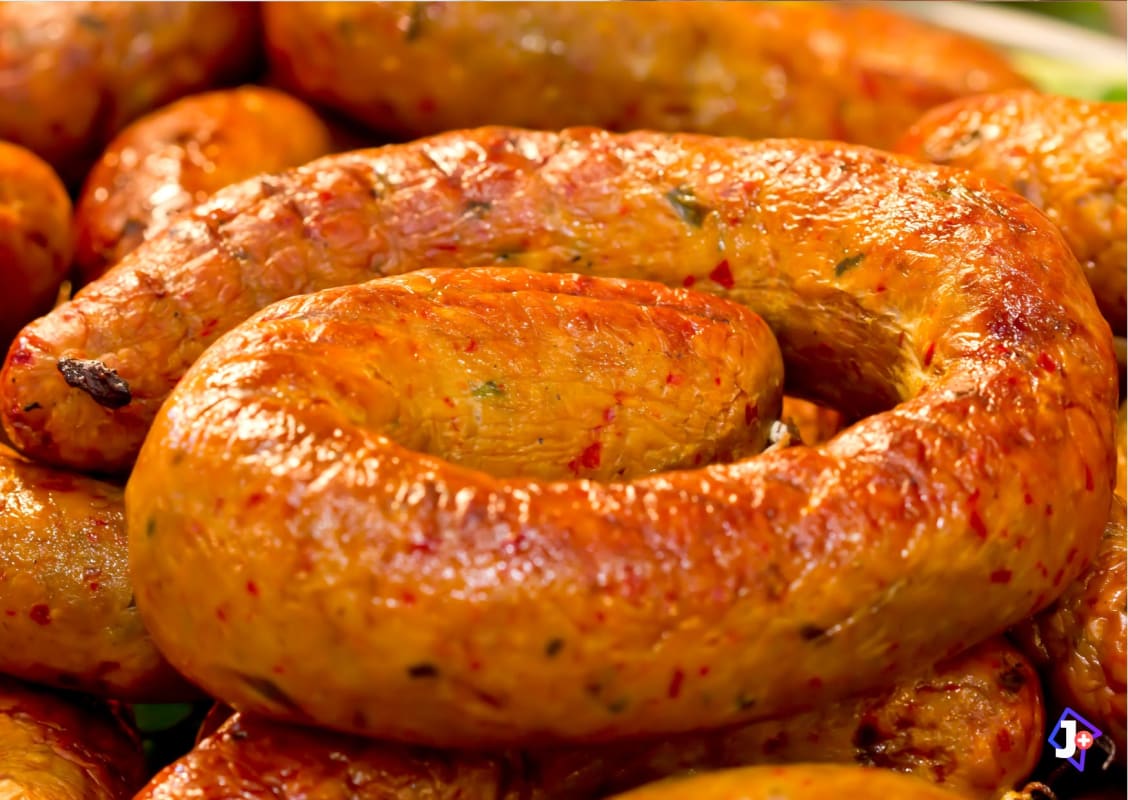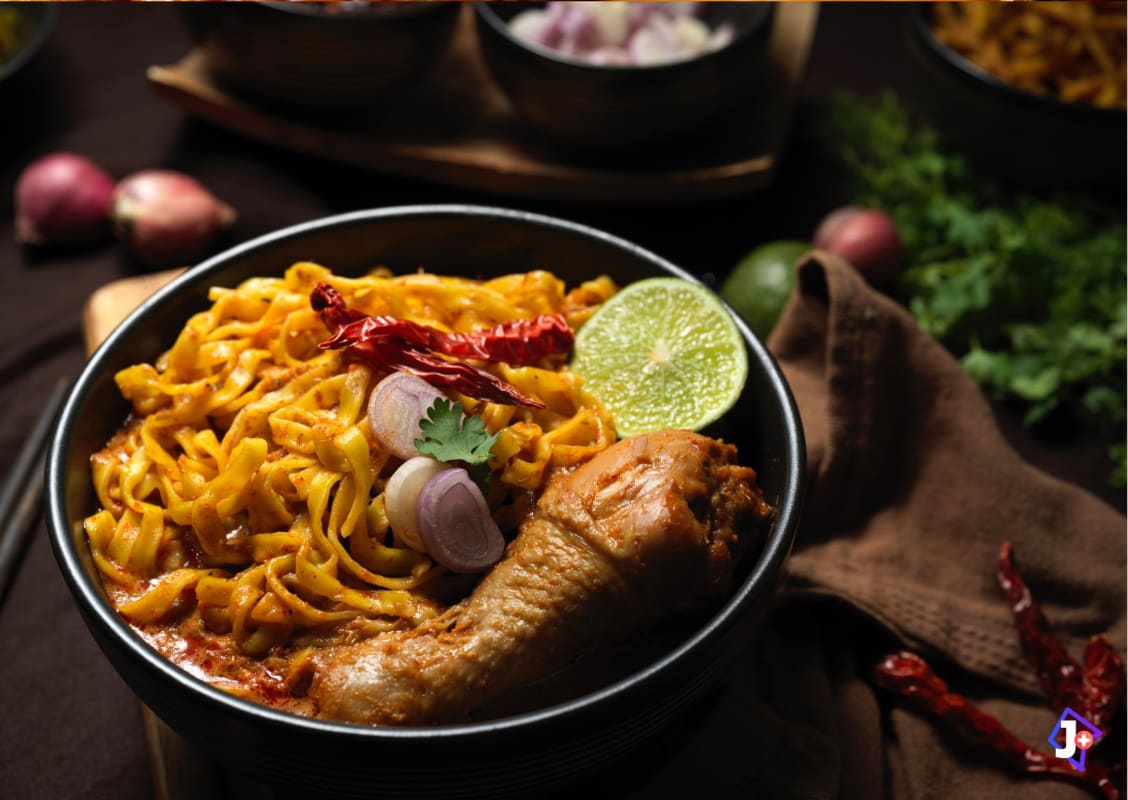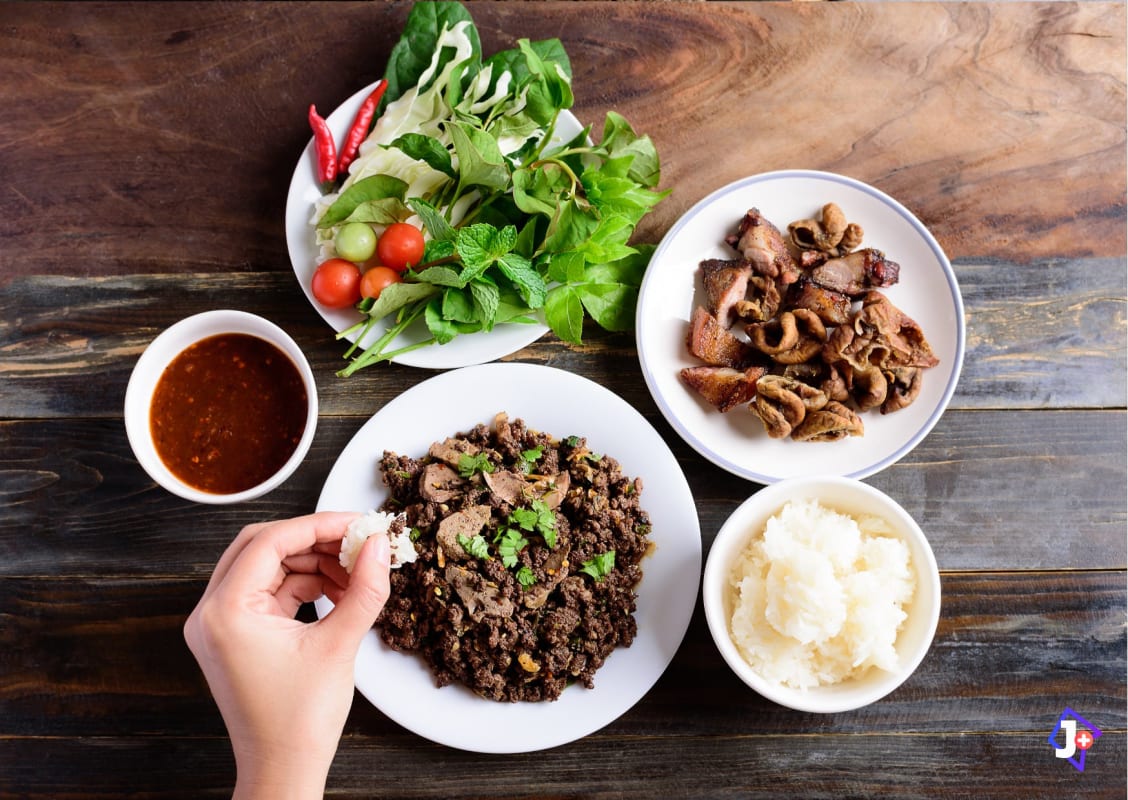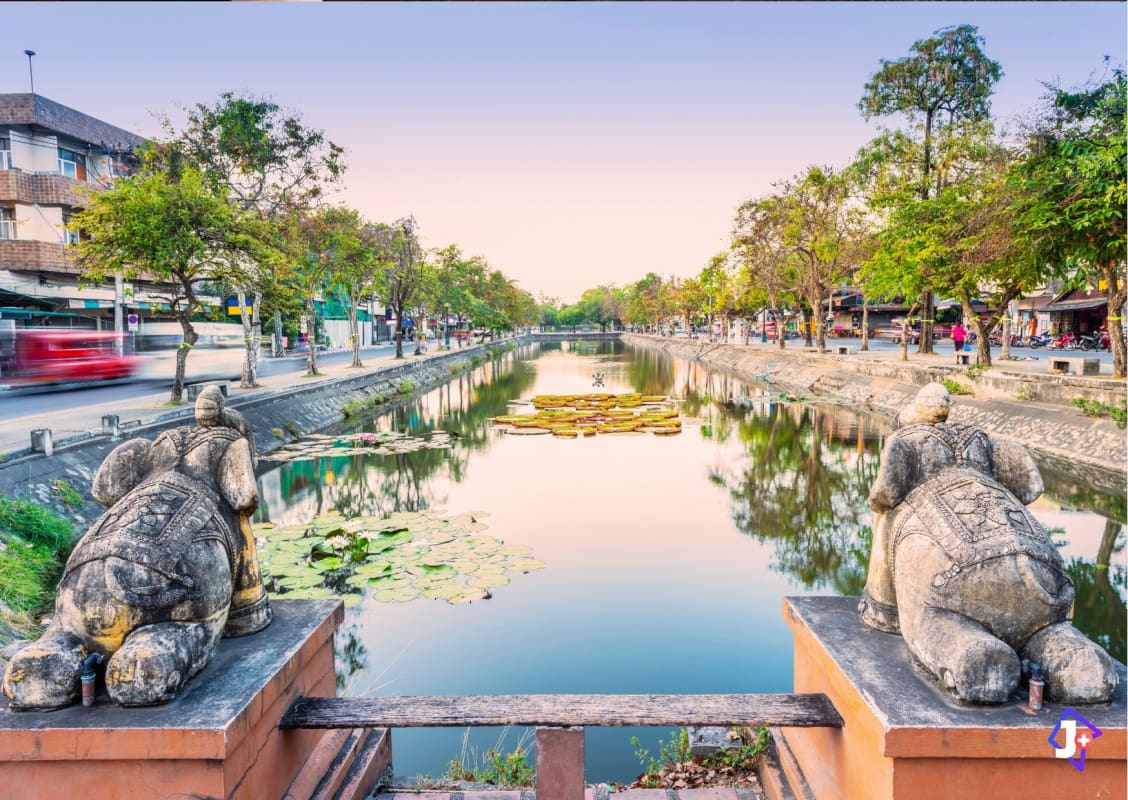Chiang Mai is known for its spiritual and cultural life, and if you enjoy stunning Buddhist temples and ancient gardens, you've come to the right place.
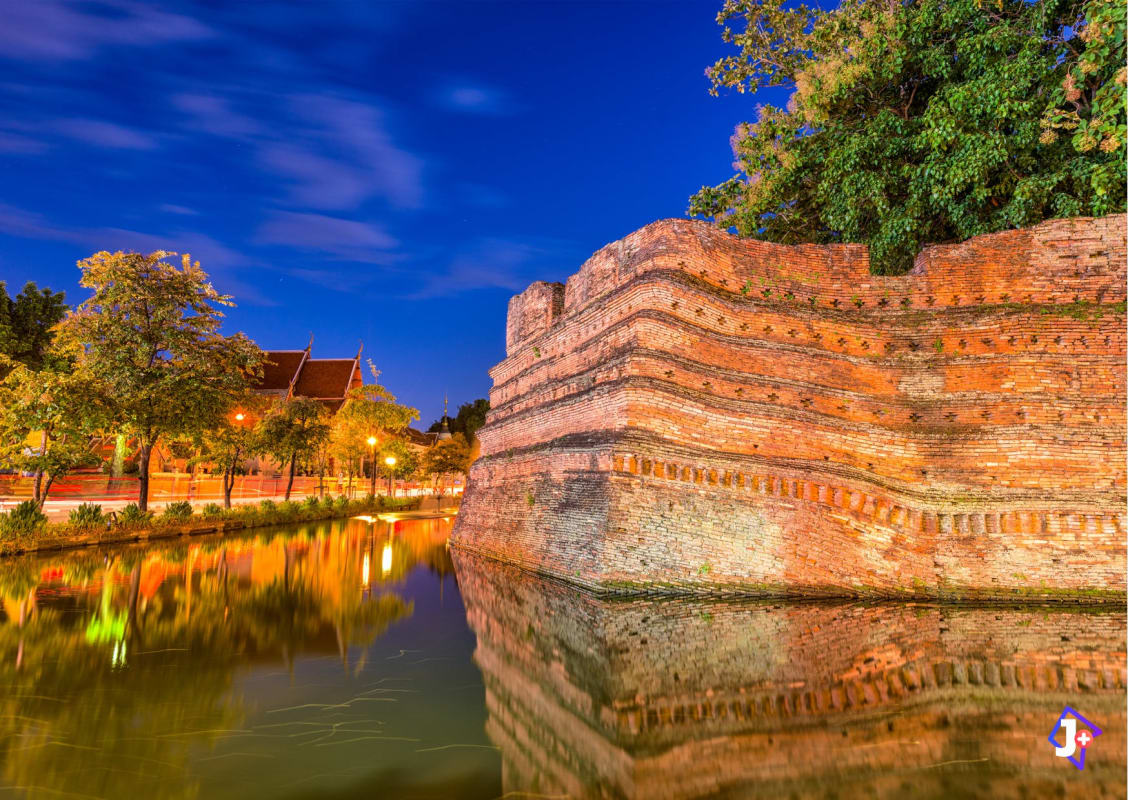
1. Discover the old city
The Old City is densely filled with antique structures! Its streets are alive with the spirit of antiquity, making it a living museum. Wat Chedi Luang, Wat Phra Singh, and Wat Phan Tao are among the temples that contribute to the center's originality.
2. Visit the Elephant Nature Park
Are you and your travel companions animal lovers? You will have to head to Chiang Mai’s Elephant Nature Park, as it is sure to be an unforgettable experience. This elephant nature park has turned into the world's largest and most respected elephant sanctuaries and a safe haven for rescued elephants who are elderly, previously abused, or injured.
Visitors are free to wander the park, bathe and feed the elephants. All proceeds from admission go towards feeding the elephants and maintaining the park. Talk about a feel-good experience.
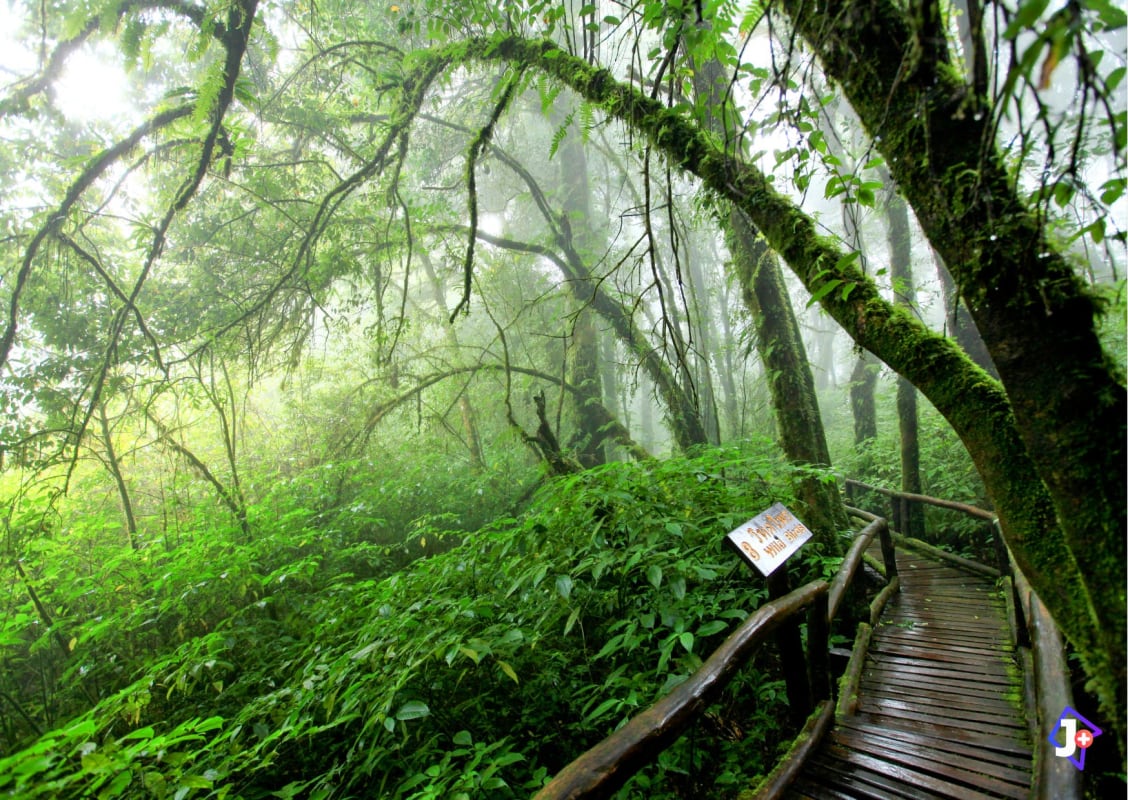
3. Visit Doi Inthanon National Park
The tallest peak in Thailand is found in Doi Inthanon National Park. Doi Inthanon is home to more bird species than anywhere else in Thailand, with a land area of 48,240 hectares. The highest point of the mountain is 2565 meters high.
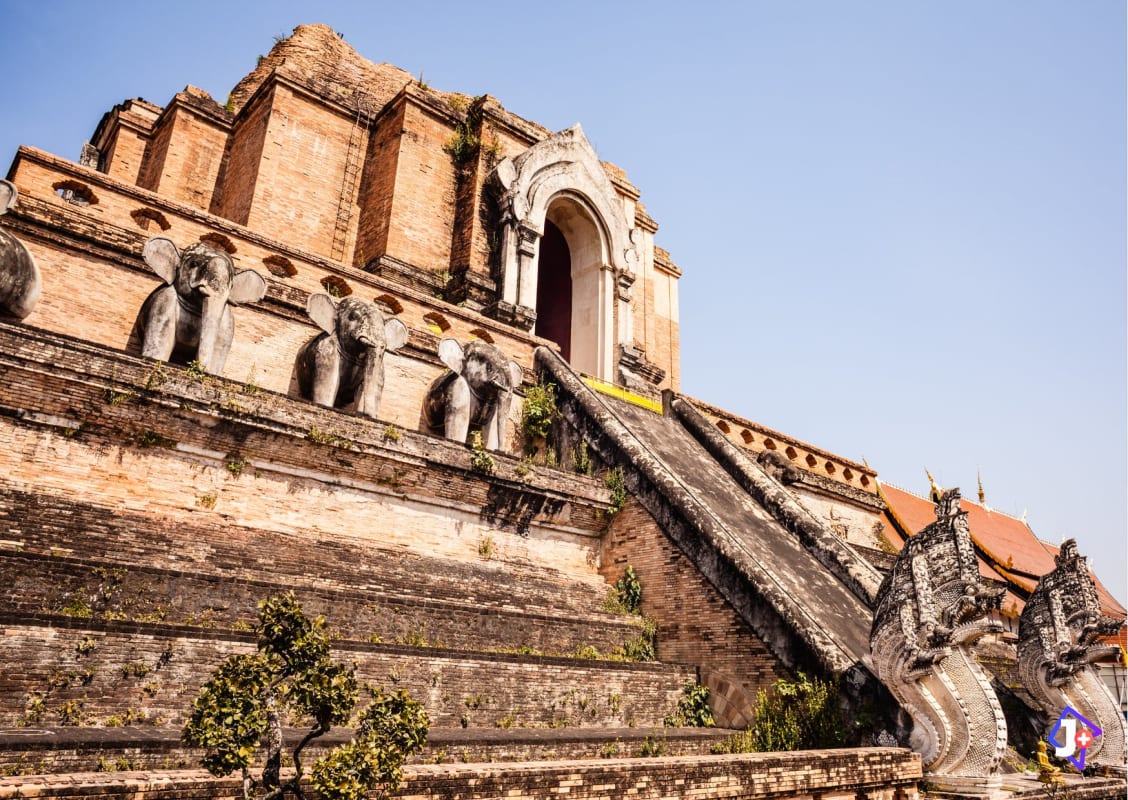
4. Explore the Ruins Of Wat Chedi Luang
The Emerald Buddha, Thailand's holiest sacred object, used to reside in the temple before it was restored to its current state. The temple was severely damaged by an earthquake in 1545, and when the Burmese conquered Chiang Mai five years later, the shrine was abandoned.
The temple is still in use as a site of worship, and you can observe monks going about their daily duties as well as various Buddha shrines.
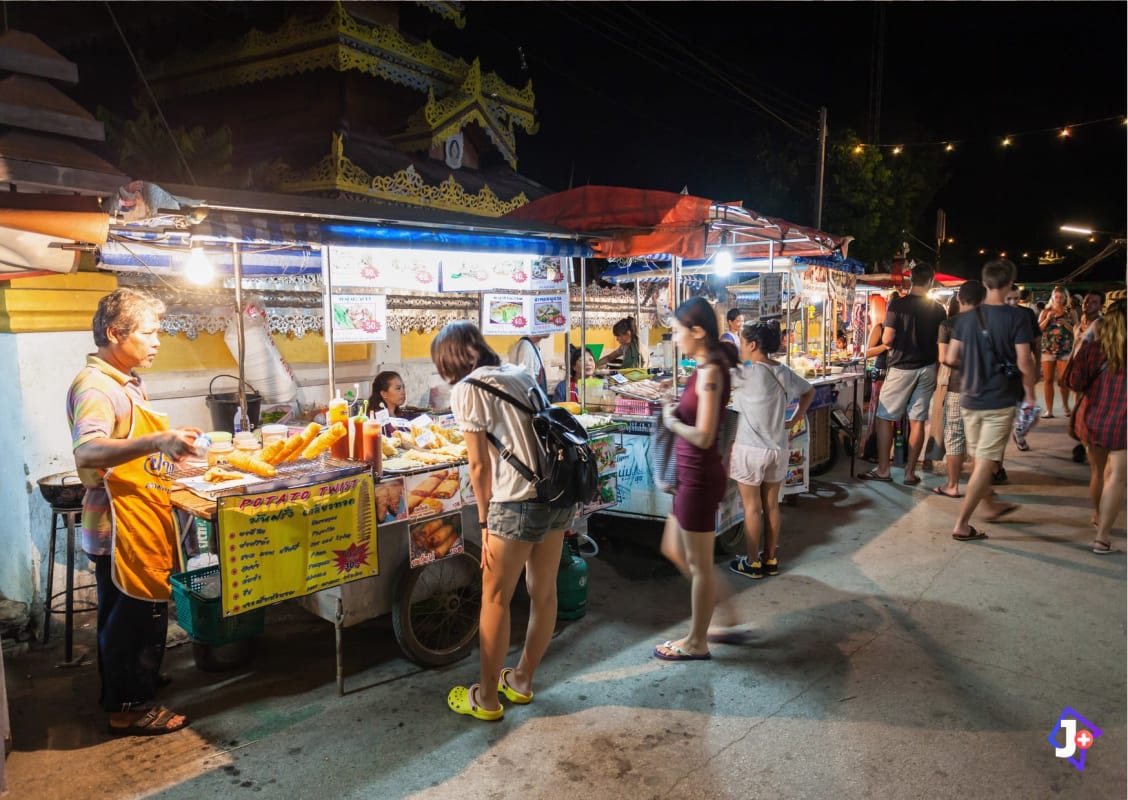
5. Get good bargains in the night market
To begin with, night markets are an unavoidable part of life in Thailand. We would recommend tasting a variety of street food in Chiang Mai, as well as distinctive northern delicacies like Khao Soi which has a similar taste to spicy green and red curry.

